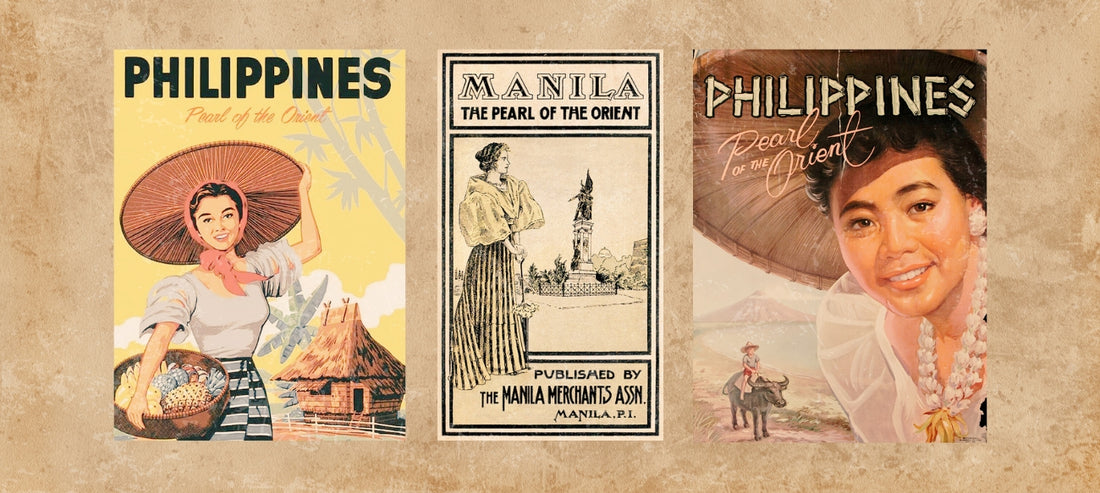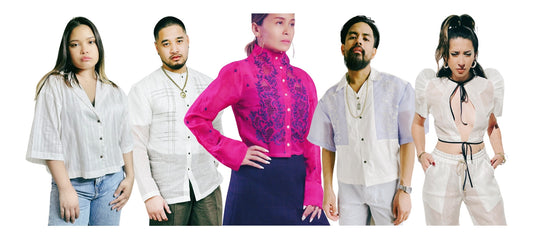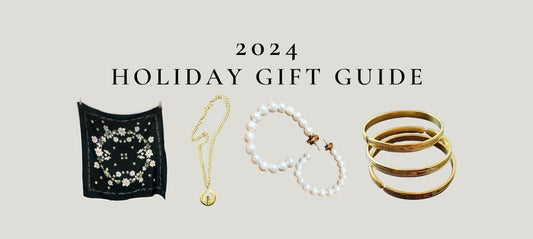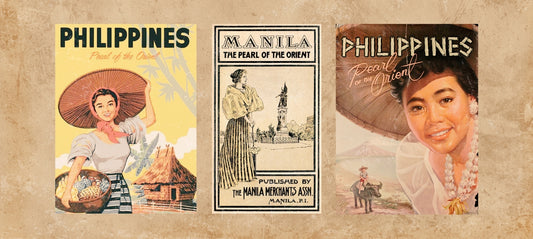By Danica Hooper, Guest Writer for VINTA Gallery
In its most basic history, the term “Pearl of the Orient Seas” comes from the natural beauty of the Philippines and its abundant source of pearls, which were valued for their beauty and rarity. This moniker was first used in 1751 by Spanish colonisers realising just how significant the Philippines’ location is for trade and commerce, being in between the Pacific Ocean and the West Philippine Sea. The Philippines had been trading with surrounding countries for thousands of years, trading gold, jade, ceramics, spices, silk, and more, with countries such as Indonesia, Thailand, Vietnam, Borneo, and China, before Spanish conquistadors even landed on our soil.

At the term’s genesis, the Sulu Sea was discovered to have the largest pearl beds in the world and would become the most important source of pearls for the next three centuries. The term “Pearl of the Orient Seas” was then popularised by Jose Rizal in his very last poem “Mi Ultimo Adios” (My Final Farewell), written the night before he was executed on December 30, 1896 for his rebellion against Spanish colonisers and the Spanish government in the Philippines. And in case you didn’t know, VINTA Gallery’s Creative Director, Caroline Mangosing, is a descendant of Jose Rizal! But let’s get deeper into this, shall we?
Pearl hunting has been a global practice for thousands of years, from lakes in North America to Spanish colonies in South America like Venezuela and Panama, all the way to the Persian Gulf and Japan. But the pearls from the Philippines were considered the best in the world. In the 19th century, mother-of-pearl shells and pearls were some of the most valuable marine products, and the demand for them skyrocketed in Europe and North America.

By the early 1800s, a booming pearl industry had taken off in the Sulu and Celebes Seas, with pearls being exported directly to China and then sold to Western countries. The high demand for pearls led to the abduction of slaves from the Malay Peninsula in Thailand, who were forced to hunt pearls in Manila and Jolo Island. At its peak in the 1830s, about 730 tonnes of pearl shells were exported from Jolo Island each year. Pearls that didn’t make it to China were sent to markets in Makassar, Indonesia, to be sold. There wasn’t much concern about over-hunting then, because people thought that once shallow waters were emptied of pearls, oysters in deeper waters would somehow refill them. But that logic doesn’t really add up. Oysters take about 1-2 years to be ready for harvesting, and pearls can take anywhere from 6 months to 4 years to form. So, what did the Filipino people get out of all of this?
It’s true that the Philippines continues to be one of the largest exporters of pearls in the world, but with that comes environmental impacts. Cultured pearls (pearls created in freshwater pearl farms) have become the norm around the world. It was first introduced by a Japanese farmer who figured out how to manipulate oysters into creating pearls in a controlled environment. Over the years, climate change has had a significant effect on cultured pearl productions in the Philippines. Due to fluctuations in water temperature, ocean acidification, and the changing plankton profile, the survival rate of oysters have decreased.

Bajau Village, Sulu Sea
Over the last 100-200 years, scientists have noticed that the ocean has become 30% more acidic, mainly because of human activities like car emissions, factory pollution, and bombs dropped by imperialist powers. These things release carbon dioxide and phosphorus into the air, and while we usually think of CO2 as an atmospheric issue, it also affects the ocean's acidity. This extra acid makes it harder for sea creatures like oysters and clams to form or keep their shells, which can mess with pearl production too. Unfortunately, in the Philippines, the government hasn’t taken steps to address these climate problems, which is hurting the marine ecosystem. Ocean acidification doesn’t just impact the country’s rich marine biodiversity—it also affects food and job security, rising sea levels, stronger typhoons, therefore infrastructure, human health, agriculture, and tourism. Everything is connected.
Sea levels in the Philippines are rising faster than the global average, with predictions showing an increase of around 0.48 to 0.65 metres by 2100. That might not sound like much, but it’ll make storm surges more dangerous and lead to flooding in low-lying areas. The most affected will be those in smaller islands or poor communities, who are already dealing with these issues. On top of that, the coastal water quality has really gone downhill due to the rapid growth of population and industry. Cities are dumping too much nitrogen and phosphorus into the water, which has caused more harmful algae blooms and red tides. As if that wasn’t bad enough, Western countries like Canada and the U.S. have also been dumping their garbage in Philippine waters. It’s not only disrespectful but also a clear example of modern-day ecological colonisation.
That was a lot of scientific words, but in short, the environmental impacts of ocean acidification caused by human intervention, whether it be overfishing or creating extra carbon dioxide, is something that we cannot neglect as a people. We have to take care of the environment to stray away from climate change and not lose beloved endemic species that make the Philippines beautiful. Afterall, the Philippines being called the “Pearl of the Orient” is not given to just any country. We have over 7,600 islands that belong to the Filipino people. Let’s not lose a single one.
Translated excerpt from Jose Rizal’s Mi Ultimo Adios:
Farewell, dear Fatherland, clime of the sun caress'd
Pearl of the Orient Seas, our Eden lost!,
Gladly now I go to give thee this faded life's best,
And were it brighter, fresher, or more blest
Still would I give it thee, nor count the cost.








